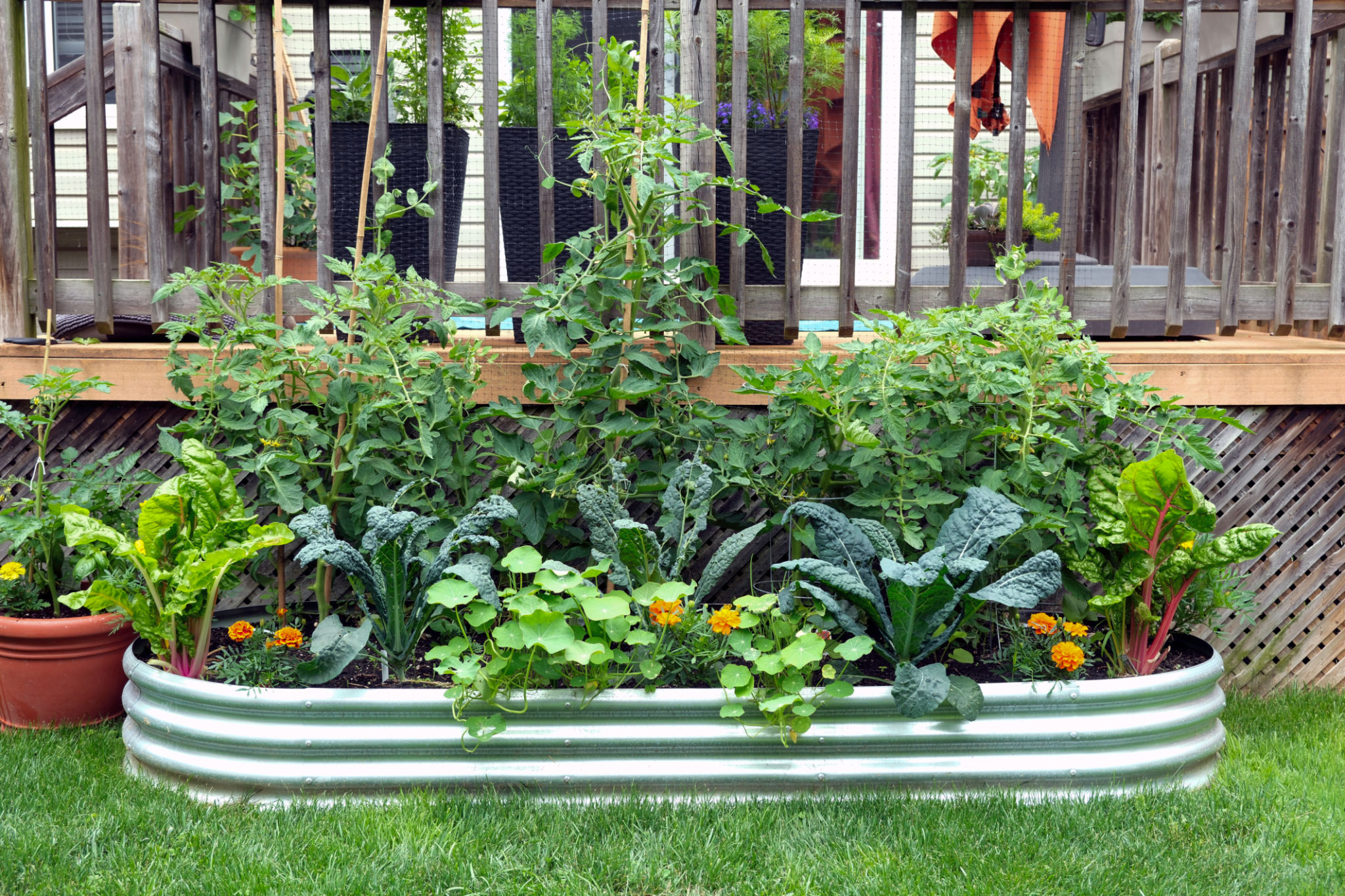Creating a Seasonal Planting Schedule for Your Edible Garden
Understanding Your Climate Zone
Before you can create an effective seasonal planting schedule, it’s crucial to understand your climate zone. The United States Department of Agriculture (USDA) has developed a map that divides North America into 13 hardiness zones based on average annual minimum winter temperatures. Knowing your zone will help you determine which plants will thrive in your area and when to plant them.
For example, if you live in USDA zone 6, you’ll experience colder winters than someone in zone 9 and will need to adjust your planting schedule accordingly. This knowledge allows for better planning and more successful harvests throughout the year.

Planning for the Four Seasons
Once you know your climate zone, you can plan your garden for each season. Start by considering what you want to grow and enjoy eating. Some plants, like tomatoes and peppers, thrive in the warmth of summer, while others, like kale and Brussels sprouts, prefer the cooler temperatures of fall.
Here's a basic guide for seasonal planting:
- Spring: Start seeds indoors for warm-weather crops like tomatoes, peppers, and eggplants. Directly sow cool-weather crops like peas, spinach, and lettuce.
- Summer: Plant heat-loving crops such as cucumbers, squash, and beans. Continue to harvest spring-planted crops.
- Fall: Sow seeds for root vegetables like carrots and beets. Plant leafy greens such as kale and Swiss chard.
- Winter: Focus on indoor gardening or use cold frames and greenhouses to extend the growing season for hardy greens.

Creating a Planting Calendar
To keep track of planting times, create a personalized planting calendar. This tool will help you stay organized and ensure that you plant each crop at the optimal time. You can use a digital app or a simple paper chart to record key dates, such as when to start seeds indoors, transplant seedlings outside, and expect harvests.
Include other important tasks in your calendar, such as soil preparation, fertilizing, and pest control. By having all this information in one place, you'll be better equipped to manage your garden efficiently.

Companion Planting for Success
Companion planting can enhance your garden's productivity by placing compatible plants together. Some plants benefit from being close to each other because they deter pests, improve soil health, or enhance growth. For example, planting basil near tomatoes can help repel pests while enhancing the flavor of the tomatoes.
Consider incorporating herbs like basil, dill, or marigolds into your garden plan to enhance growth and deter unwanted insects. Research companion planting combinations that work well in your climate zone to make the most of your edible garden.
Adapting to Changes
Your planting schedule should be flexible enough to adapt to unexpected changes in weather or climate conditions. Keep an eye on local weather forecasts and be ready to adjust planting dates if necessary. Unexpected frost or heatwaves can significantly impact young plants if not managed promptly.
Additionally, experiment with different planting techniques such as succession planting or intercropping to maximize space and yield throughout the growing season. These methods can provide continuous harvests by staggering planting dates or growing multiple crops together.

Conclusion
Creating a seasonal planting schedule for your edible garden involves understanding your climate zone, planning for each season, maintaining a planting calendar, and utilizing techniques like companion planting. By following these steps, you can enjoy a bountiful harvest all year round.
Remember that gardening is both an art and a science. Don't be afraid to experiment and learn from each growing season. With patience and dedication, you'll become a more skilled gardener capable of producing an abundant edible garden.